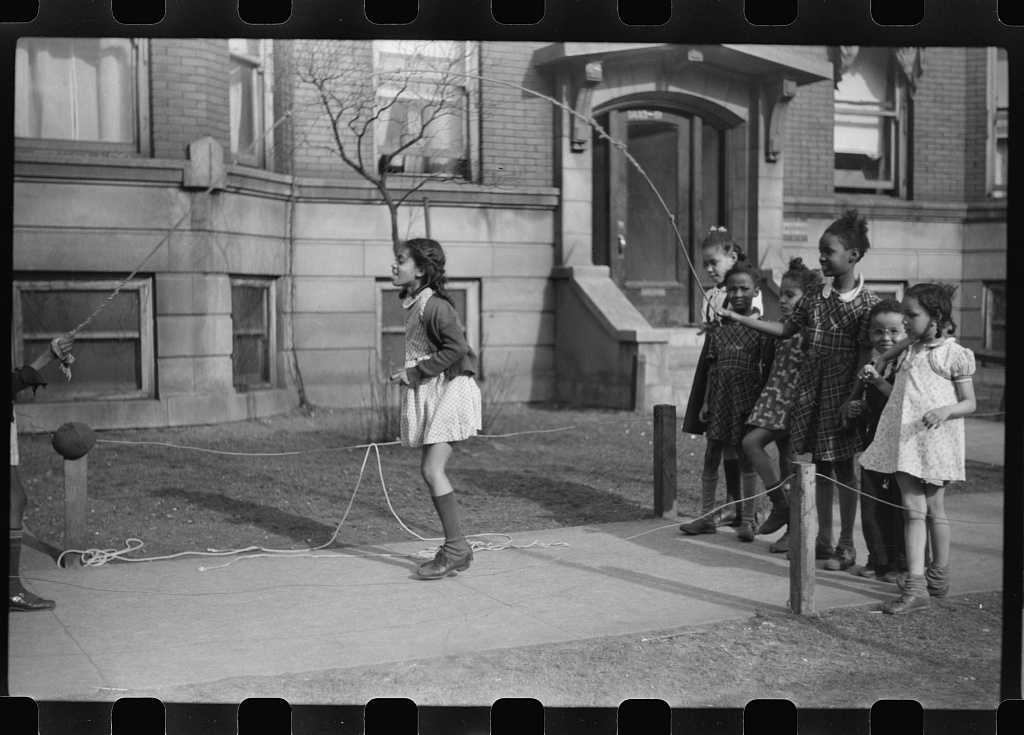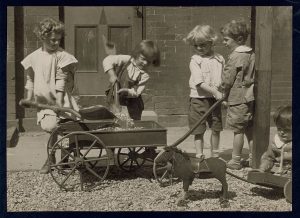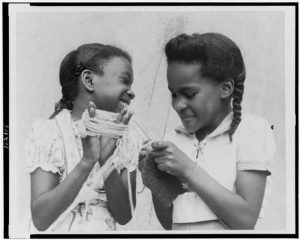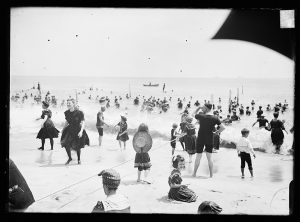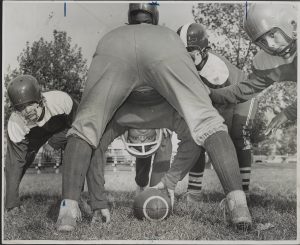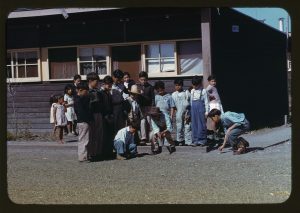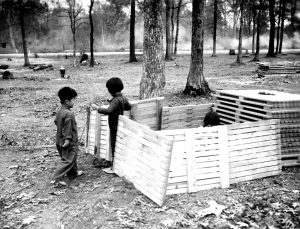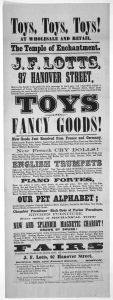How did children play in the past?
Subject(s): African Americans, Latinos, and US History
Time Period(s): (1870-1900) Development of The Industrial United States, (1890-1930) Emergence of Modern America, (1929-1945) Great Depression and World War II, and (1945-Early 1970s) Postwar United States
Grade level(s): 0-2 and 3-5
Click here to download the powerpoint
Play time is an important part of childhood. It helps develop emotional and social skills, creativity, and provides exercise for the body and brain. Children in the past, even those in difficult environments such as refugee centers, or the Japanese American internment camps during World War II, have used their imaginations and everyday items to play. Play also became important to the consumer economy in the 19th century. Newspapers, posters and magazines, and later radio, television, and the Internet, advertised toys to parents and children in order to generate interest and sales. Looking through the images of children playing, think about how their lives might have been similar to and different from our lives today.
Supporting question(s):
What types of toys did children have in the past?
How are they similar to and different from toys of today?
What games did children play in the past?
What type of clothing did children wear in the past? How is it different from our clothing today?
Tell or write a story about one of the children in these pictures.
Source Set
- A.B. Quinn with Doll Carriage in Little Rock
- Four Young Children Loading Rocks Into a Wagon...
- Two African American girls playing with yarn and knitting needle at Harlem playground
- Children Playing with Rope at Beach
- Small Fry Football
- Playing Marbles
- Untitled Photograph, possibly related to Jumping Rope on Sidewalk...
- Makeshift playhouse Jerome Relocation Center
- Toy Sale
- Toys, toys, toys!
Description
Photograph taken by Jessie Tarbox Beals, ca. 1915, of four young children loading rocks into a wagon while a smaller child sits on the ground playing with his toy ponycart
Description
Children playing with rope at beach, possibly Atlantic City, N.J., between 1890 and 1910.
Description
A group of Latino children watches boys play marbles at a Farm Security Administration labor camp in south Texas, 1942
Description
Small Japanese American children use wooden pallets to make a playhouse while at Jerome Relocation Center, Arkansas, 1942
Additional resource(s):
Book review, Children at Play: An American History
“Old-Fashioned Play Builds Serious Skills” – National Public Radio Story
Arkansas Frameworks(s):
First Grade
H.12.1.1 Explain ways family and school have changed using chronological terms (e.g., yesterday/past, today/present, tomorrow/future)
H.13.1.3 Draw conclusions about family or school life in the past using historical records and artifacts
Second Grade
H.12.2.3 Compare life in your community past and present using maps, photographs, news stories, artifacts, or interviews
Fourth Grade
H.13.4.3 Develop claims in response to compelling questions about Arkansas and United States history using evidence from a variety of primary and secondary sources
